Desi gourd, also known as bottle gourd (Lagenaria siceraria), is an essential vegetable grown in many parts of India and other parts of South Asia. It has various health benefits and culinary uses, and its cultivation is quite widespread, especially in tropical and subtropical regions. The cultivation of desi gourd is relatively easy and requires specific soil, temperature, and care to ensure a healthy and productive harvest.
Climate and Soil Requirements: Desi gourd thrives in a warm, tropical to subtropical climate. The plant requires temperatures between 25°C and 35°C (77°F to 95°F) for optimal growth. It is a heat-loving plant and can grow in areas with full sunlight. The soil for cultivating desi gourd should be well-drained, sandy-loam or loamy soil, rich in organic matter. It is important that the soil pH is slightly acidic to neutral (6.0–7.5). Proper soil preparation, such as adding compost or organic fertilizers, is essential for the growth of the plant.
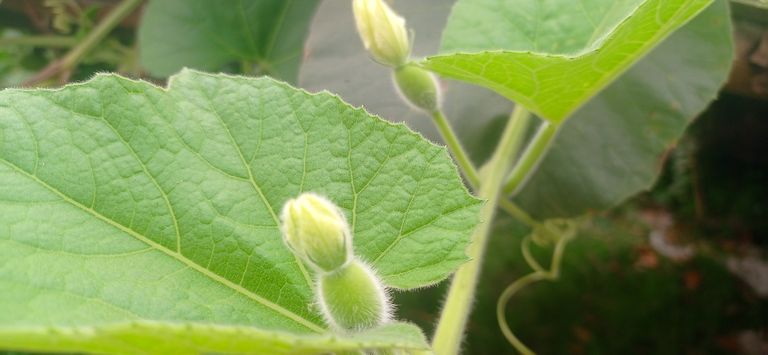
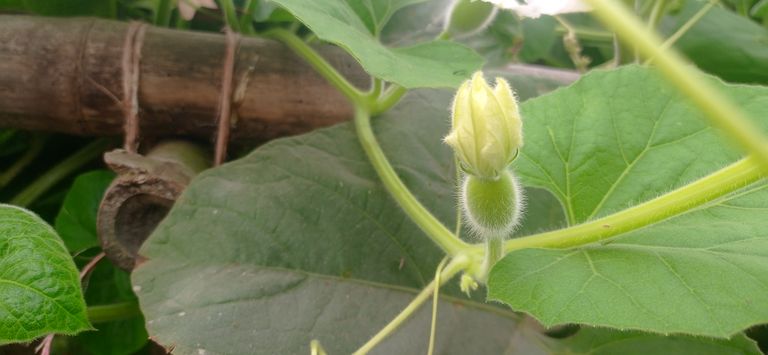

Sowing and Planting: Desi gourd can be propagated through seeds. Seeds are typically sown in seedbeds or directly in the field. It is recommended to sow the seeds about 2 to 3 cm deep. In regions with cooler climates, seedling trays can be used to start the seeds indoors before transplanting them into the field. The spacing between the seeds should be about 2 to 3 feet to allow the plant to spread and grow without competition for space.
Watering and Irrigation: Regular watering is crucial for desi gourd growth, especially during its early stages. The plant requires consistent moisture, but care should be taken to avoid waterlogging, as this can lead to root rot. In areas where rainfall is insufficient, irrigation through drip systems or furrows ensures proper water supply to the crops.
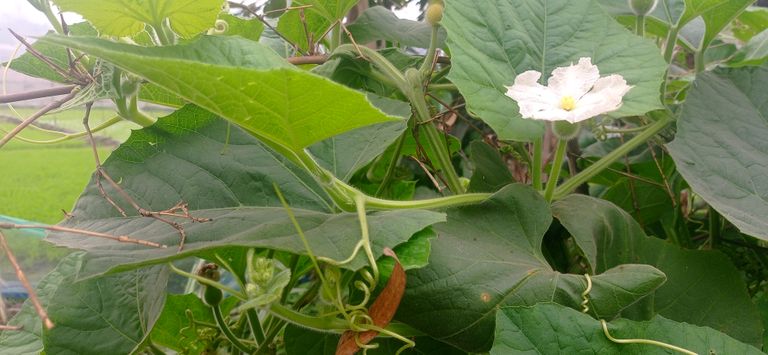
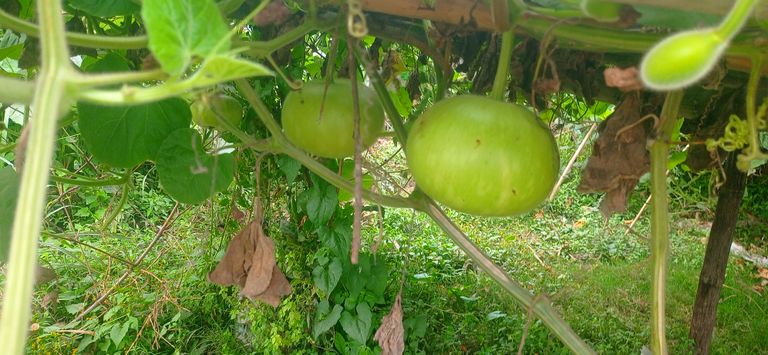
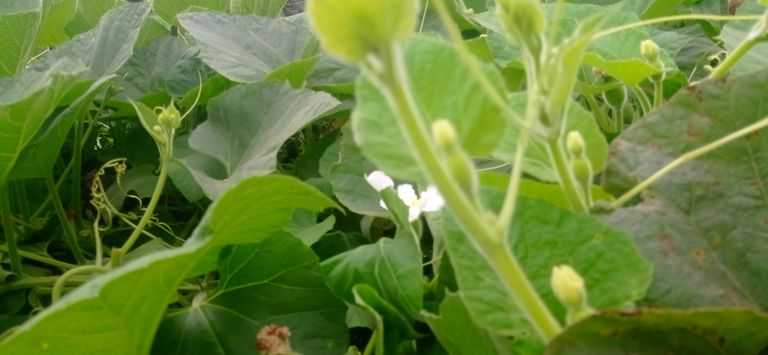
Support for Vines: Desi gourd plants are vining in nature and need support to grow optimally. Farmers often train the vines to grow on trellises or fences, which helps in reducing the incidence of diseases, improves air circulation, and allows for better light penetration. These supports also ensure that the fruits do not touch the soil, reducing the risk of pest infestation and fungal growth.
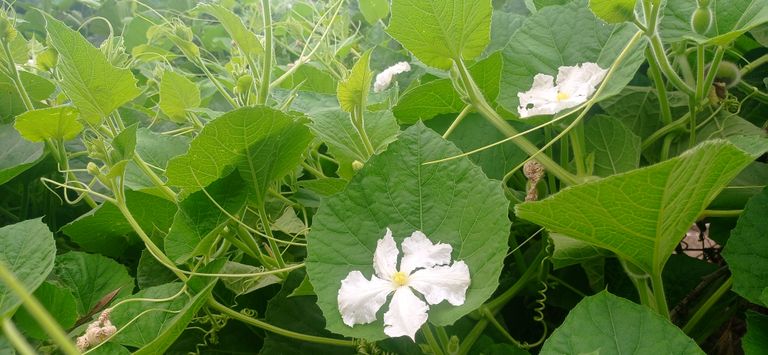
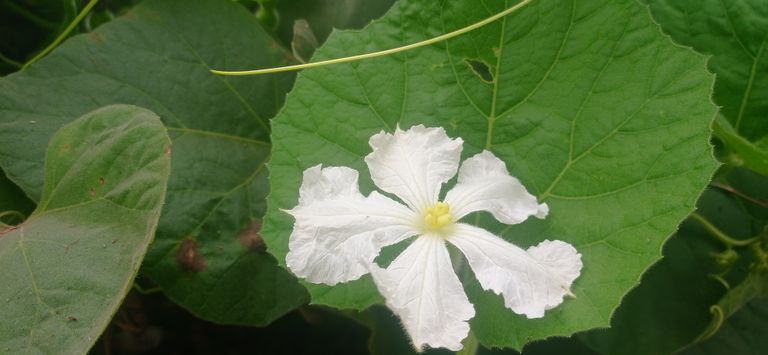
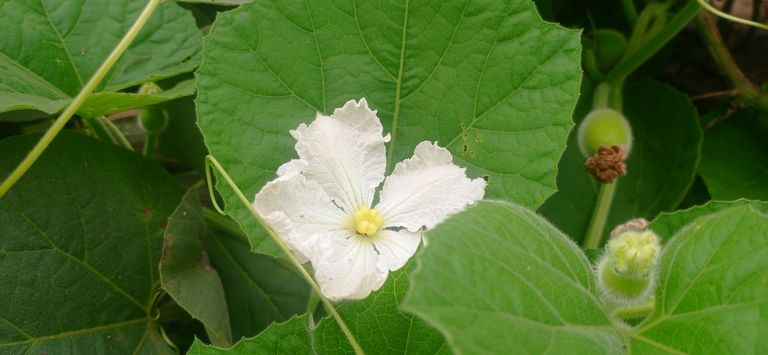
Pest and Disease Control: Like most crops, desi gourd is susceptible to various pests and diseases. Common pests include aphids, whiteflies, and caterpillars. Fungal diseases such as powdery mildew can also affect the plant. Integrated pest management (IPM) practices, which include using natural predators, organic pesticides, and crop rotation, can help in reducing the impact of these pests and diseases.
Harvesting: Desi gourd is typically ready for harvest around 3 to 4 months after sowing. The fruits are harvested when they reach the desired size and before they fully mature. The gourd should have a smooth skin and be free of cracks or blemishes. The harvesting process is usually done manually, with the fruits being carefully cut from the vine.
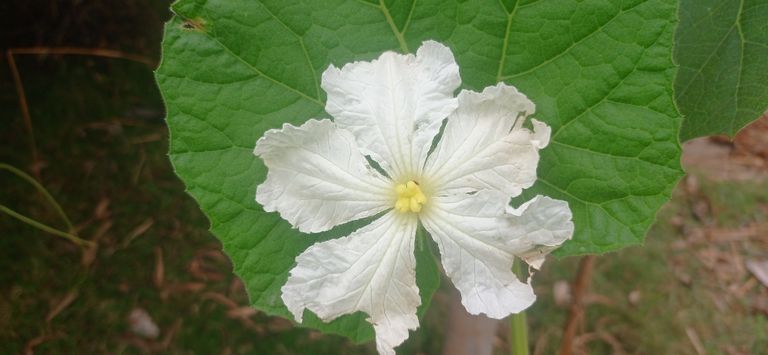
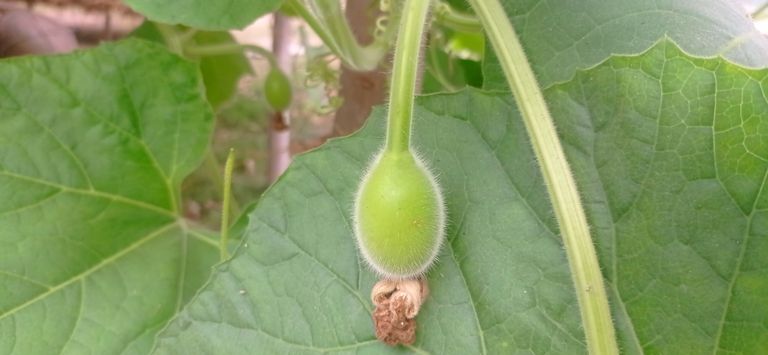
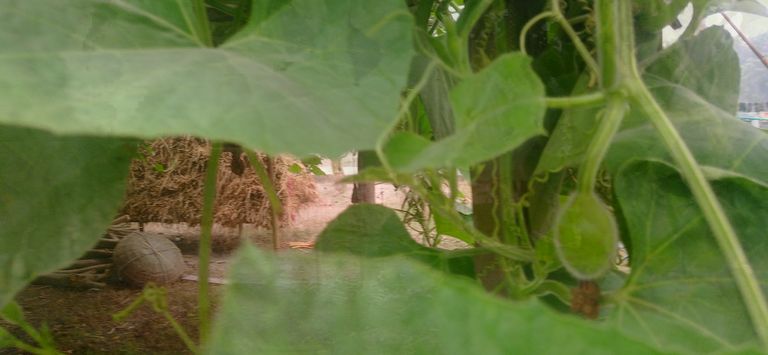
Desi gourd is not only a popular vegetable but also a nutritious food that offers a variety of health benefits. Its low-calorie count, high water content, and rich supply of vitamins and minerals make it a valuable addition to the diet.
Low in Calories: Desi gourd is very low in calories, making it an ideal vegetable for weight management and those on a calorie-controlled diet. A 100-gram serving of bottle gourd provides only around 14 calories, making it an excellent option for people looking to maintain or lose weight.
High Water Content: Comprising about 96% water, desi gourd is incredibly hydrating and can be an effective way to stay hydrated, especially during hot weather or after intense physical activity. This high water content also makes it a great addition to detox diets, as it helps flush out toxins from the body.
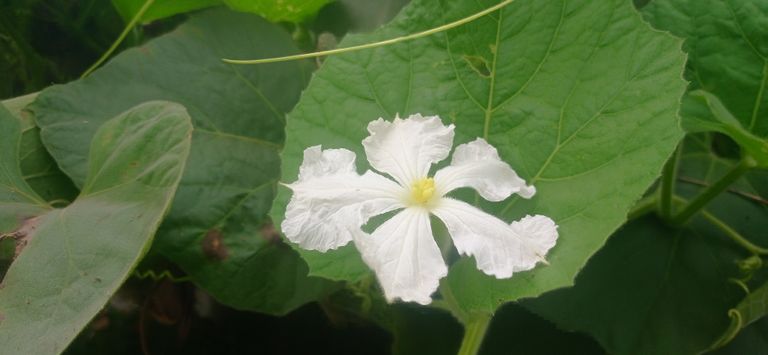
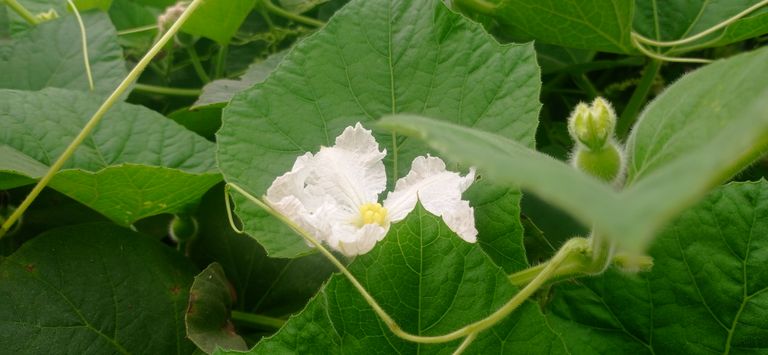
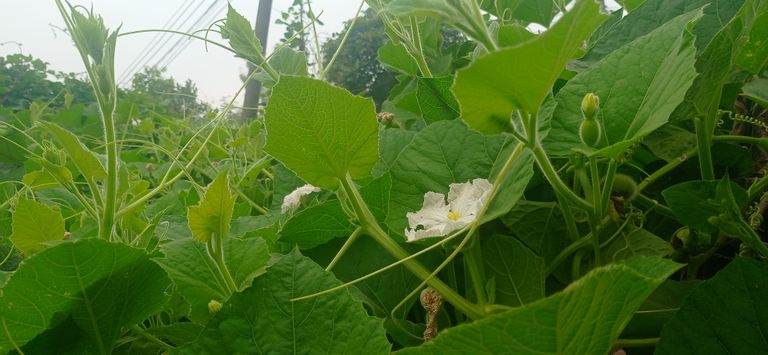
Rich in Fiber: Desi gourd is a good source of dietary fiber, which helps to regulate digestion, promote bowel regularity, and prevent constipation. A 100-gram serving contains around 1 gram of fiber, which supports gut health and can help manage blood sugar levels.
Vitamins and Minerals: Desi gourd is packed with essential vitamins and minerals. It contains significant amounts of vitamin C, which acts as a potent antioxidant, boosts immunity, and supports skin health. The gourd also provides small amounts of B-vitamins, including B1 (thiamine), B2 (riboflavin), and B9 (folate), which are important for energy metabolism and overall cell function. Additionally, it is a good source of calcium, iron, and magnesium, which contribute to bone health, red blood cell production, and muscle function.
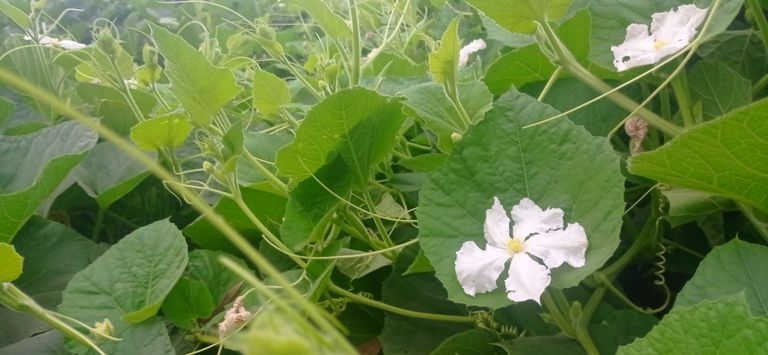
Antioxidant Properties: Desi gourd contains antioxidants, which help fight free radical damage in the body. Regular consumption may help reduce the risk of chronic diseases such as heart disease, diabetes, and cancer. The antioxidants in desi gourd also contribute to the slowing of the aging process and promote healthier skin.
Hydration and Detoxification: Due to its high water content and natural detoxifying properties, desi gourd is often used in traditional medicine to cleanse the liver and kidneys. It helps to flush out excess fluids and toxins from the body, making it an excellent vegetable for promoting overall health and wellness.
In conclusion, desi gourd is not only easy to cultivate but also offers a wealth of nutritional benefits. Its water content, low calorie count, and rich supply of essential vitamins and minerals make it a nutritious and hydrating food option. Regular consumption can promote digestive health, boost the immune system, and provide a variety of other health advantages.
So far Today...
Stay Home
Thanks for Your Time Friend.
♥♥♥♥♥♥
Ok
See you Again in a New blog.
Thanks for being with me.
Plese Follow Me......
@mspbro
★★To contact me★★
Subscribe My 3speak Channel https://3speak.online/user/mspbro
Follow me Twitter https://twitter.com/mdsumonpra
Add me Facebook https://www.facebook.com/sumon.mim84